
When the warm, comforting hum of your heat pump fades into an eerie silence, it’s a chill that runs deeper than the winter winds whipping outside your window. Suddenly, you’re left in the cold, wondering how you’ll ward off the frosty fingers of the season. In this article we’re going to bring the heat back into your home. We’ll guide you through potential problems, signs to watch for, and steps you can take to troubleshoot your heat pump before calling in the professionals. So grab a cozy blanket, and let’s unravel the mystery of your silent heat pump together.
Common Heat Pump Issues
Frozen Outdoor Unit
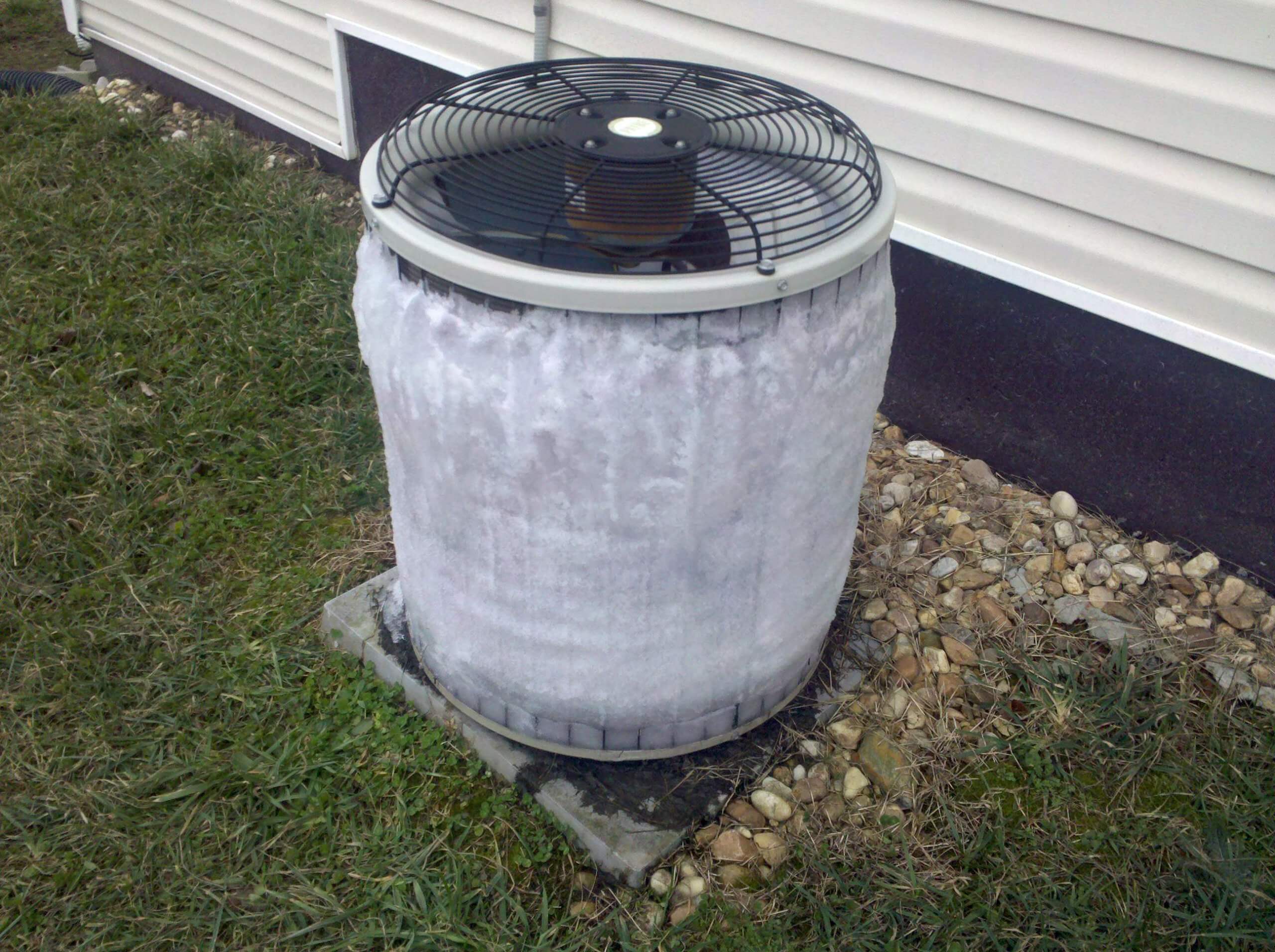
If you’ve noticed a layer of ice on your heat pump’s outdoor unit, it’s a clear sign that something isn’t functioning properly. This issue can prevent your system from heating your home effectively and may lead to long-term damage if not addressed.
To tackle this problem, consider the following steps:
- Turn off the heat pump to prevent further ice buildup.
- Remove any debris or snow that might be blocking airflow around the unit.
- Allow the ice to melt naturally; avoid using sharp objects to chip away at the ice as this can damage the unit.
Once the ice has melted, monitor the unit to see if the issue recurs. Persistent freezing may indicate a need for professional maintenance, such as checking for refrigerant leaks or malfunctioning defrost controls.
Inadequate Heating
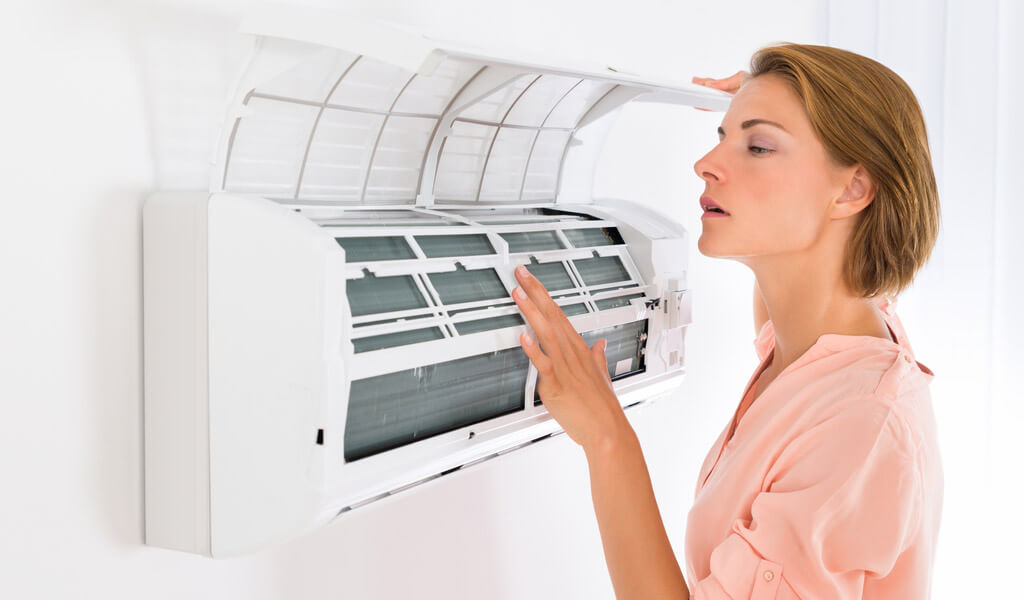
Belred, who provide heat pump repair in MukilteoIf told us that if your heat pump isn’t warming your home as it should, you’re likely feeling the chill of inadequate heating. This common issue can stem from a variety of causes, but don’t worry, there are steps you can take to diagnose and possibly fix the problem yourself.
First, ensure that your heat pump is set to the correct mode and temperature. It’s an easy oversight but can make all the difference. Next, consider the following:
- Check if the heat pump is receiving power and that all switches are in the ‘on’ position.
- Examine the air filters and replace them if they are dirty, as clogged filters can restrict airflow and reduce heating efficiency.
- Look at the outdoor unit to see if there’s any debris blocking the coils or fans.
If these quick checks don’t solve the issue, it might be time to call in a professional. Persistent inadequate heating could indicate a more serious problem, such as a malfunctioning compressor or a refrigerant leak.
Strange Noises

When your heat pump starts making unusual sounds, it’s a clear signal that something isn’t right. Loud banging, grinding, or whistling noises should never be ignored as they can indicate serious issues that may worsen over time.
Here are a few steps to help you identify the cause of the noise:
- Listen to determine if the noise is coming from the indoor unit, outdoor unit, or both.
- Note the type of sound and when it occurs; this information is valuable for troubleshooting.
- Check for any visible signs of damage or obstruction that might be causing the noise.
If the noise persists after a basic visual inspection, it’s best to consult a professional. Continuing to operate your heat pump despite the noise can lead to more significant damage and potentially costly repairs.
DIY Troubleshooting Tips
Check Air Filters
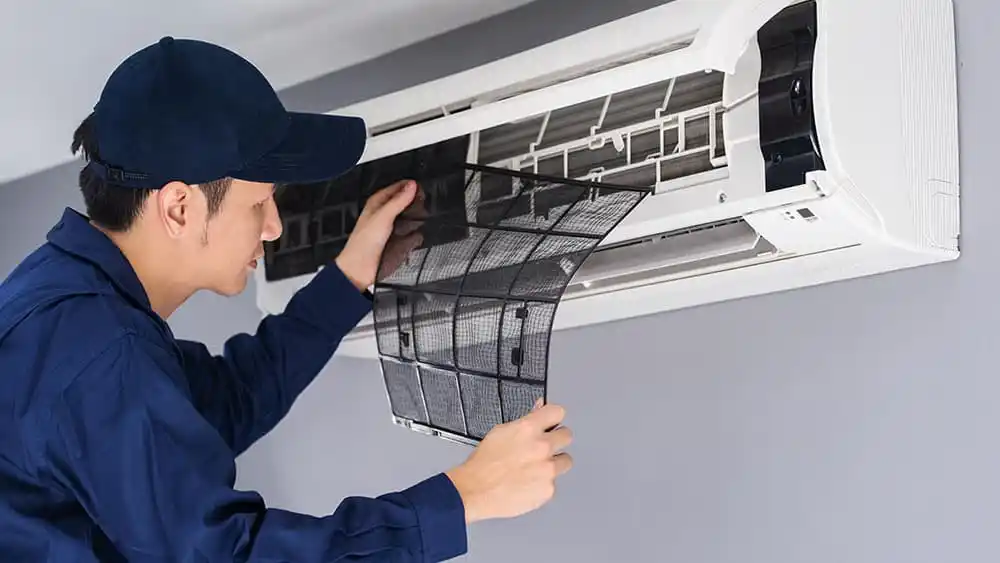
One of the simplest yet most effective ways to troubleshoot your heat pump is to check the air filters. Clogged or dirty filters can restrict airflow, causing the system to work harder and potentially leading to inadequate heating or even system failure.
- First, locate the air filters in your indoor unit.
- Gently remove them and examine for dust and debris.
- If they’re dirty, clean them with water or replace them if they’re beyond cleaning.
Remember, maintaining clean air filters is not only crucial for the efficiency of your heat pump but also for the quality of air in your home. It’s recommended to check your filters monthly and replace them at least every three months.
Inspect Thermostat Settings
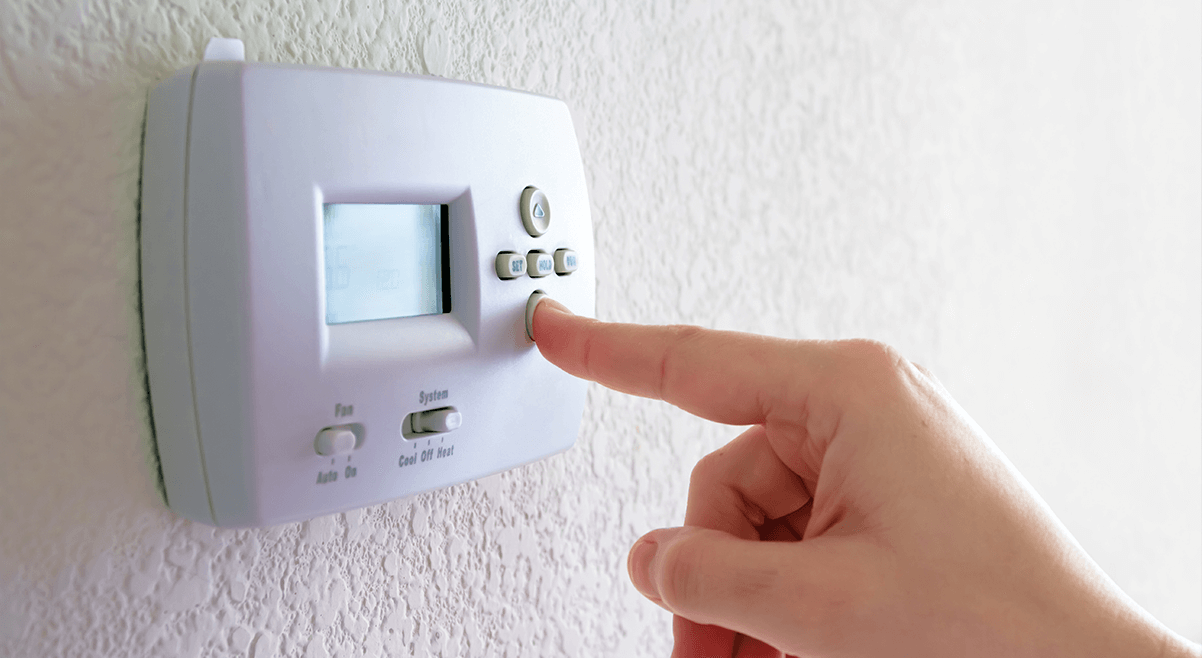
Before you call in the professionals, take a moment to check your thermostat settings. It’s possible that your heat pump isn’t functioning properly because the thermostat isn’t set correctly. Ensure that it’s switched to ‘heat’ mode and that the temperature is set higher than the current room temperature.
- Verify that the thermostat is on the correct setting (heat for winter, cool for summer).
- Check the temperature setting to make sure it’s where you want it.
- Ensure the thermostat is not set to ‘hold’ or ‘vacation’ mode, which could override your regular settings.
If after these checks your heat pump is still not heating adequately, there may be a more complex issue at play. In such cases, it might be time to consult with a professional to diagnose the problem.
Clean Outdoor Unit
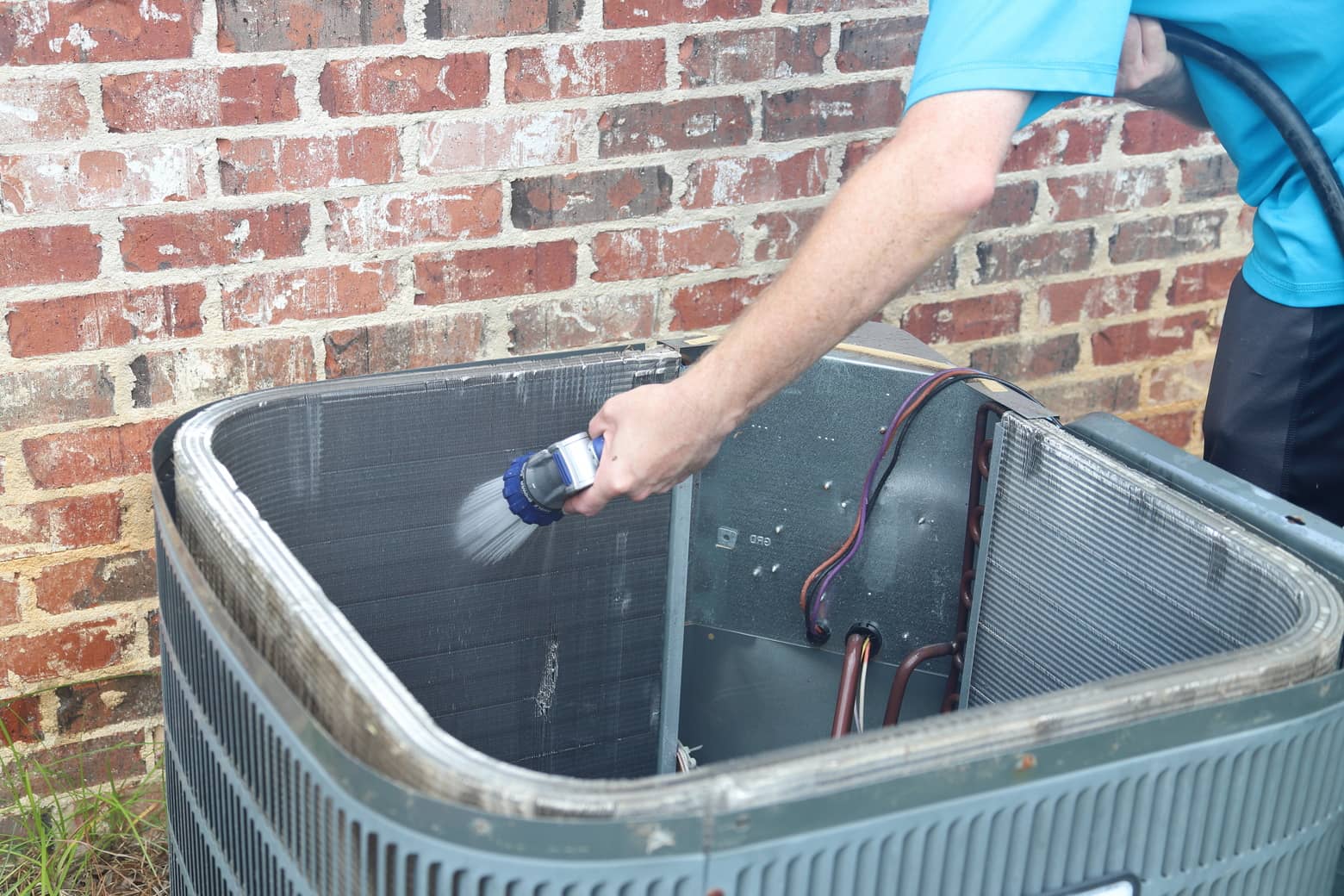
Over time, your heat pump’s outdoor unit can accumulate dirt, leaves, and other debris, which can impair its efficiency and lead to potential issues. Regular cleaning is a simple yet effective way to maintain your heat pump’s performance.
To clean the outdoor unit, follow these steps:
- Turn off the power to the unit to ensure your safety.
- Remove any large debris by hand, being careful not to damage the fins or coils.
- Use a garden hose to gently wash away dirt and smaller debris from the coils. Avoid using a pressure washer as it can damage the unit.
- Check for any vegetation or objects that might be obstructing airflow around the unit and trim or remove as necessary.
After cleaning, give the unit time to dry before restoring power. This simple maintenance task can prevent many common issues and extend the life of your heat pump.
Professional Repair Solutions
Refrigerant Leak Detection
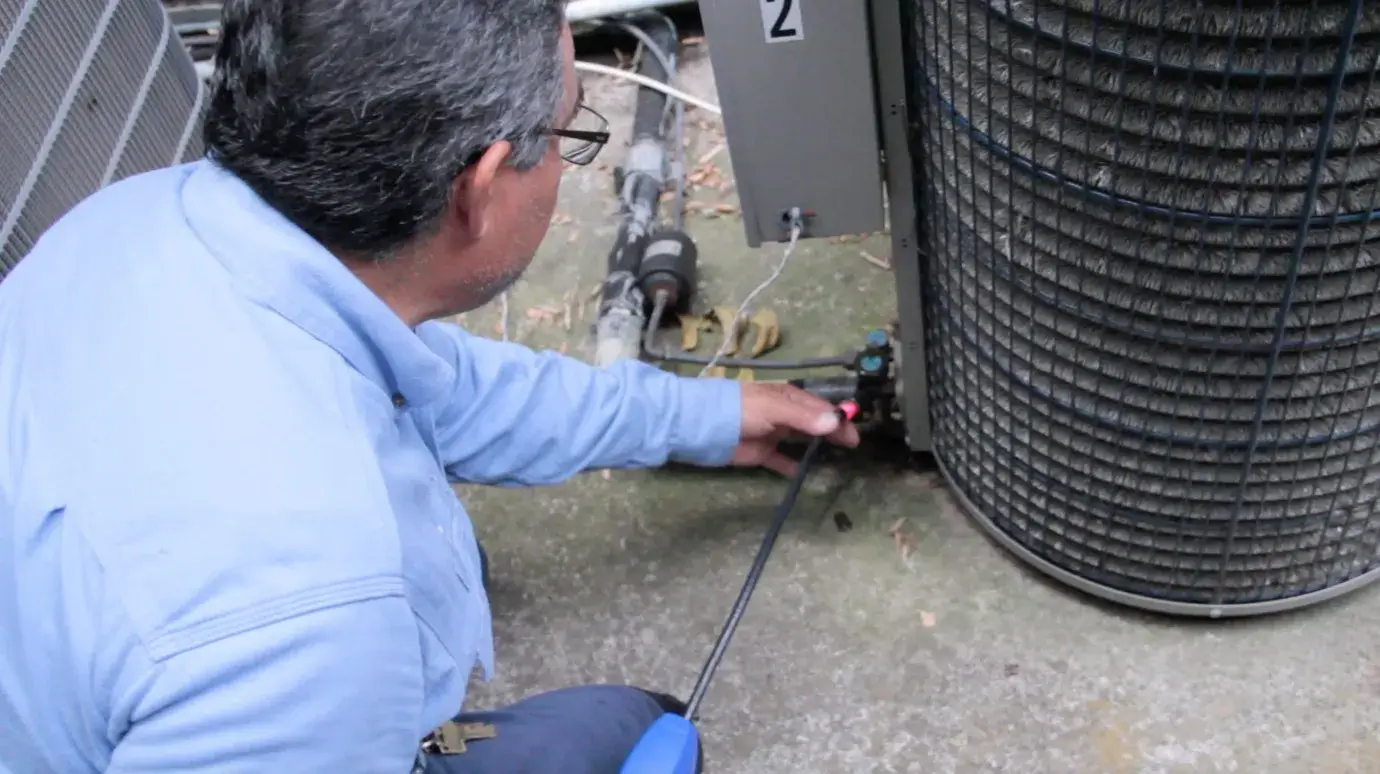
Detecting a refrigerant leak is a critical step in maintaining the efficiency and performance of your heat pump. A refrigerant leak can not only reduce heating efficiency but also cause environmental harm and increase operational costs.
To identify a potential leak, listen for a hissing or bubbling noise which can indicate escaping refrigerant. Here are some steps you can take:
- Visually inspect the refrigerant lines for signs of oil, which may suggest a leak.
- Check for ice buildup on the outdoor unit, as this can be a symptom of low refrigerant levels.
- Feel for temperature inconsistencies in your home, which can be caused by inadequate refrigerant.
If you suspect a refrigerant leak, it’s important to contact a professional technician. They have specialized tools to accurately detect leaks and safely repair them, ensuring your heat pump returns to optimal operation.
Compressor Inspection
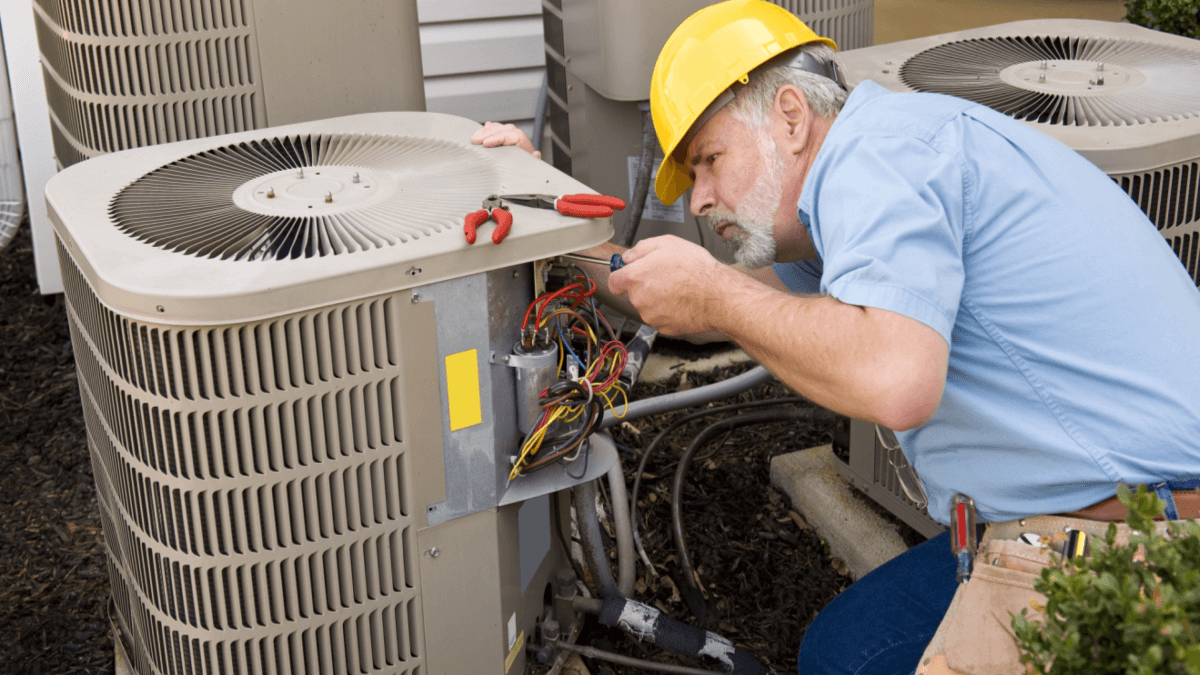
When your heat pump’s performance drops, the compressor is often the culprit. A professional inspection can determine if it’s failing or simply needs a tune-up. Here’s what the process typically involves:
- Visual inspection: Technicians start with a thorough visual check for signs of damage or wear.
- Pressure checks: They’ll measure the pressure levels to ensure they align with the manufacturer’s specifications.
- Electrical tests: Electrical connections and wirings are tested for continuity and proper voltage.
If the compressor is found to be defective, replacing it is a significant repair that usually requires the expertise of a certified professional. Keep in mind that compressor issues can also stem from other system malfunctions, so a comprehensive diagnosis is crucial. Regular maintenance can help prevent compressor problems and extend the life of your heat pump.
Electrical Component Testing
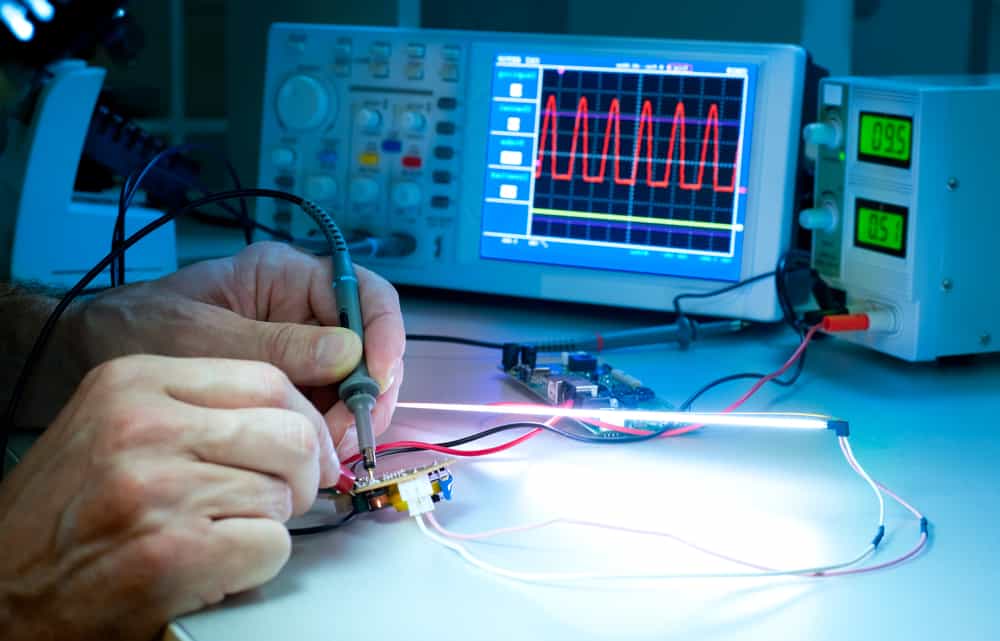
When your heat pump is on the fritz, it’s essential to consider the electrical components as a potential source of trouble. Electrical issues can range from minor connector corrosion to major wiring faults, and they can cause your heat pump to behave unpredictably or not operate at all.
To ensure your safety and the integrity of your heat pump, it’s crucial to leave electrical component testing to the professionals. Here’s what they will typically check:
- Circuit breakers and fuses for signs of tripping or blowing
- Wiring connections for corrosion, damage, or looseness
- Capacitors and relays for proper operation
Remember, tampering with electrical components without proper training can be dangerous. If you suspect an electrical problem, contact a certified technician who can safely diagnose and repair the issue.
Conclusion
In conclusion, troubleshooting your heat pump repair needs can be a challenging but necessary task to ensure the efficient functioning of your heating system. By following the steps outlined in this article, you can identify common issues, perform basic maintenance, and know when to seek professional help. Remember, regular maintenance and timely repairs are key to keeping your heat pump running smoothly and effectively. Stay proactive and attentive to your heat pump’s needs to enjoy a comfortable and warm environment in your home.
Brendon Mitchell
Related posts
Stay connected
Today's pick
- Things to Remember While Designing Your Custom Modular Kitchen in GurgaonGurgaon now known as Gurugram is the second largest city in the state of Haryana and is a reflectiossn of an ideal modern city with futuristic goals. Witnessing rapid urbanization, it has also emerged as a hub for contemporary homes, with homeowners seeking innovative and... The post Things to Remember While Designing Your Custom Modular […]

